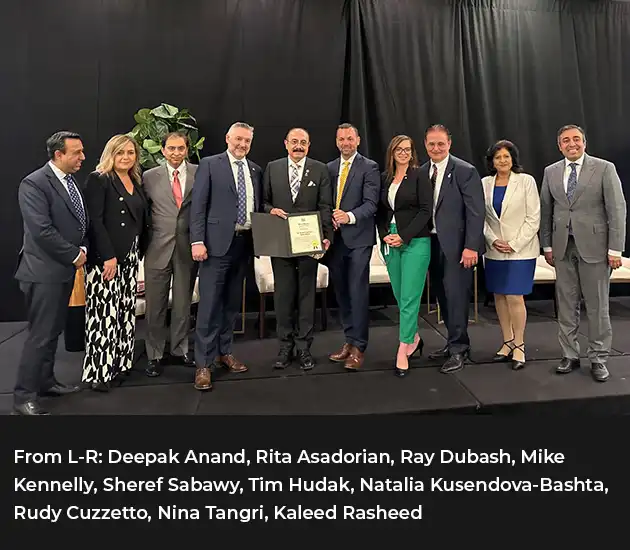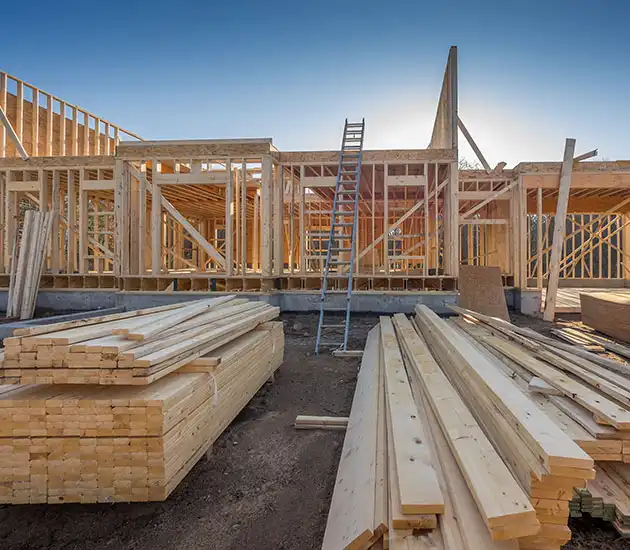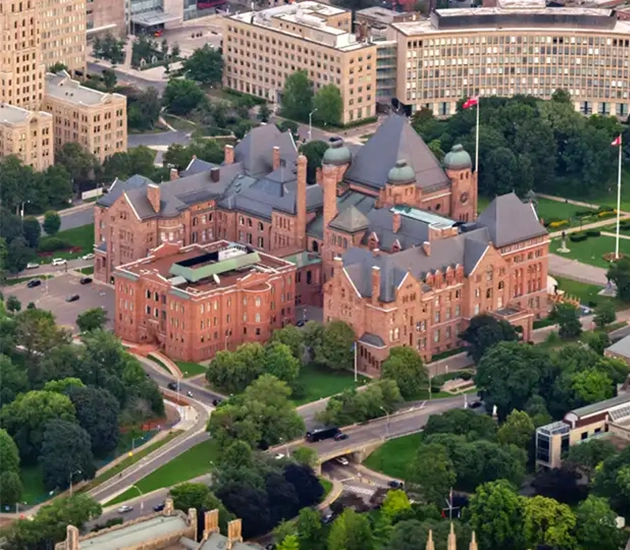
Log in as a...
New!
We’ve partnered with CREA to help improve your member experience and give your information the best security possible.
Click Here for additional instructions on the member login.
You will be returned to OREA once you have successfully logged in.
October 18, 2023
Canada’s Existing Immigration Plans Can Help Remedy Residential Construction Woes
Immigration programs can address labour shortages in the residential construction sector and support Canada reaching its residential construction goals, according to new research from The Conference Board of Canada.

Immigration programs can address labour shortages in the residential construction sector and support Canada reaching its residential construction goals, according to new research from The Conference Board of Canada. The research was done in collaboration with the Canadian Real Estate Association, British Columbia Real Estate Association and Ontario Real Estate Association.
“Construction of new homes is critical to addressing housing affordability and availability in Canada, but persistent labour shortages is one of the obstacles slowing progress,” said Stefan Fournier, Executive Director at The Conference Board of Canada. “Allocating a small number of immigration places within the existing Immigration Levels Plan to occupations that are core to residential construction could mitigate labour shortages and advance the building of new homes.” The report, Work in Progress: How Immigration Can Address Labour Shortages in Residential Construction, outlines five recommendations policymakers can take that would improve Canada’s immigration system and address the housing crisis by enabling skilled residential construction workers to enter the country and immediately begin contributing to the sector. To maximize the impact of immigration policy changes, provinces, regulators, and employers need to collaborate to address regional and national challenges.
“Each day we see the impact that a lack of housing supply is having on Canadians from coast to coast,” said Michael Bourque, Chief Executive Officer at the Canadian Real Estate Association. “Without policy intervention, Canada will not have the workers required to meet its ambitious homebuilding targets, and Canadians will continue to face challenges whether they are looking to purchase or rent a home.”
Canada’s immigration system was designed to select people with high human capital, rather than people with skills in in-demand occupations, as the system privileges high levels of education and excellent skills in Canada’s official languages. Many occupations in the trades, including those needed for residential construction, are eligible for economic immigration programs. However, in practice, people with these skills are infrequently selected for permanent residence. Canada operates a small Federal Skilled Trade Program (FSTP), but this program does not address the immigration barriers for people working in the trades.
“40 per cent of Canada’s overall labour gap is predicted to hit residential construction in Ontario, further widening the gap between already sparse housing supply and families who want an affordable place to call home,” said Tim Hudak, Chief Executive Officer of the Ontario Real Estate Association. “Immigration could be a key player in reducing labour barriers and getting more homes built – but in order to do so, Canada’s ambitious immigration targets must include measures to attract and secure workers from the residential construction sector.”
“While there are provincial and regional nominee programs that can facilitate the immigration process for foreign workers, residential construction isn’t well-positioned to leverage these programs,” said Trevor Koot, Chief Executive Officer, British Columbia Real Estate Association. “Canada needs immigration programs that support an expanded supply of workers with experience in the trades, including residential construction.”
According to the Government of Canada, 3.5 million units need to be added to the country’s housing supply by 2030. Canada needs a mix of standalone housing, condo units, and other types of homes for both homeowners and renters. Canada’s residential construction industry is projected to grow 15 per cent by 2030, according to The Conference Board of Canada. This translates to a structural labour shortage of 12,000 jobs per year on average, significantly limiting the pace of homebuilding in Canada.
Media Contact
The Conference Board of Canada
E-mail: media@conferenceboard.ca
Tel: 613-526-3090 ext. 224
About The Conference Board of Canada
The Conference Board of Canada is the country’s leading independent research organization. Since 1954, The Conference Board of Canada has been providing research that supports evidence-based decision making to solve Canada’s toughest problems. Follow The Conference Board of Canada on Twitter @ConfBoardofCda.
Share this item
For more information contact
Ontario Real Estate Association
Jean-Adrien Delicano
Manager, Media Relations
JeanAdrienD@orea.com
416-445-9910 ext. 246
Related Articles
OREA AI Assistant



